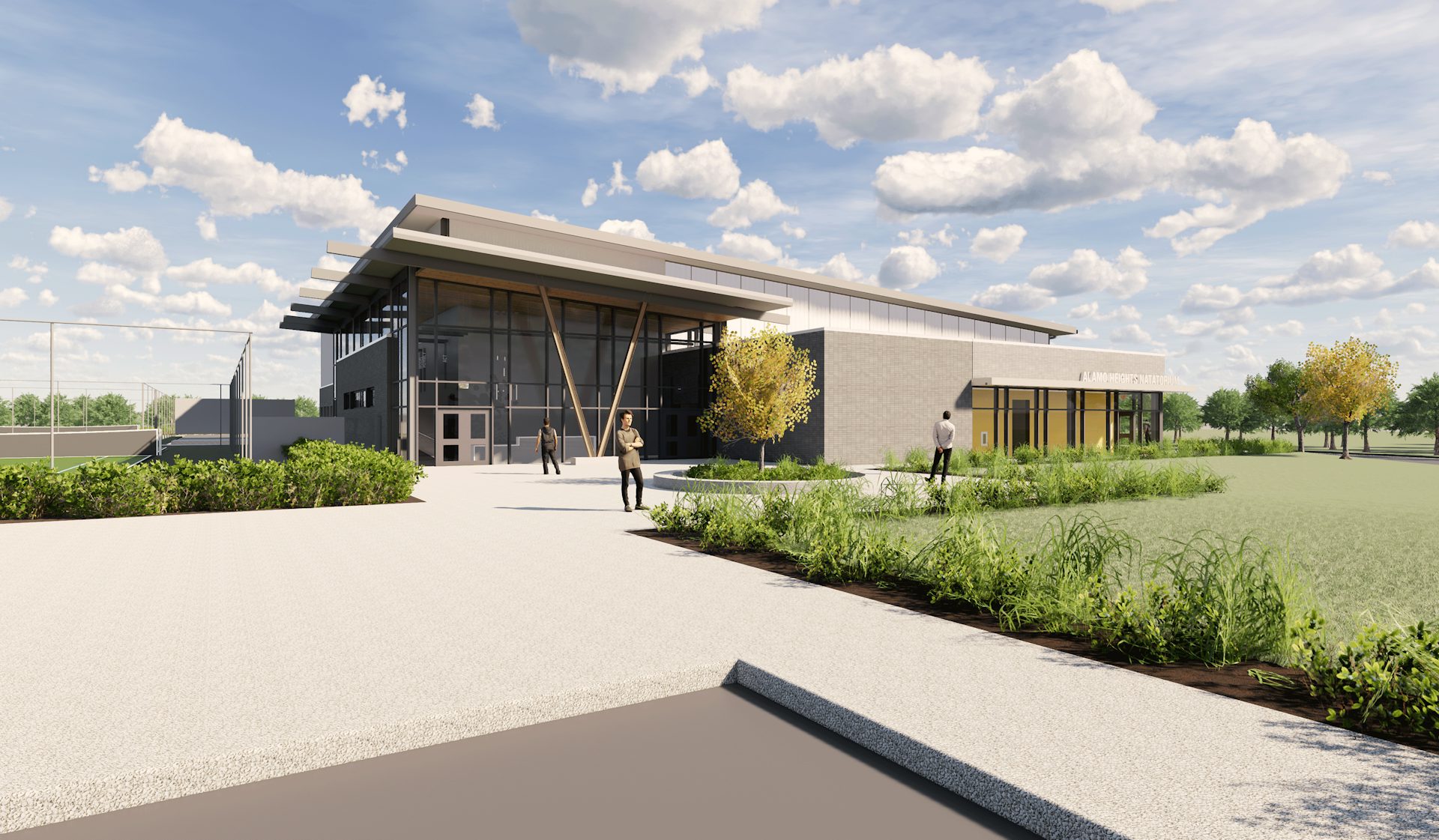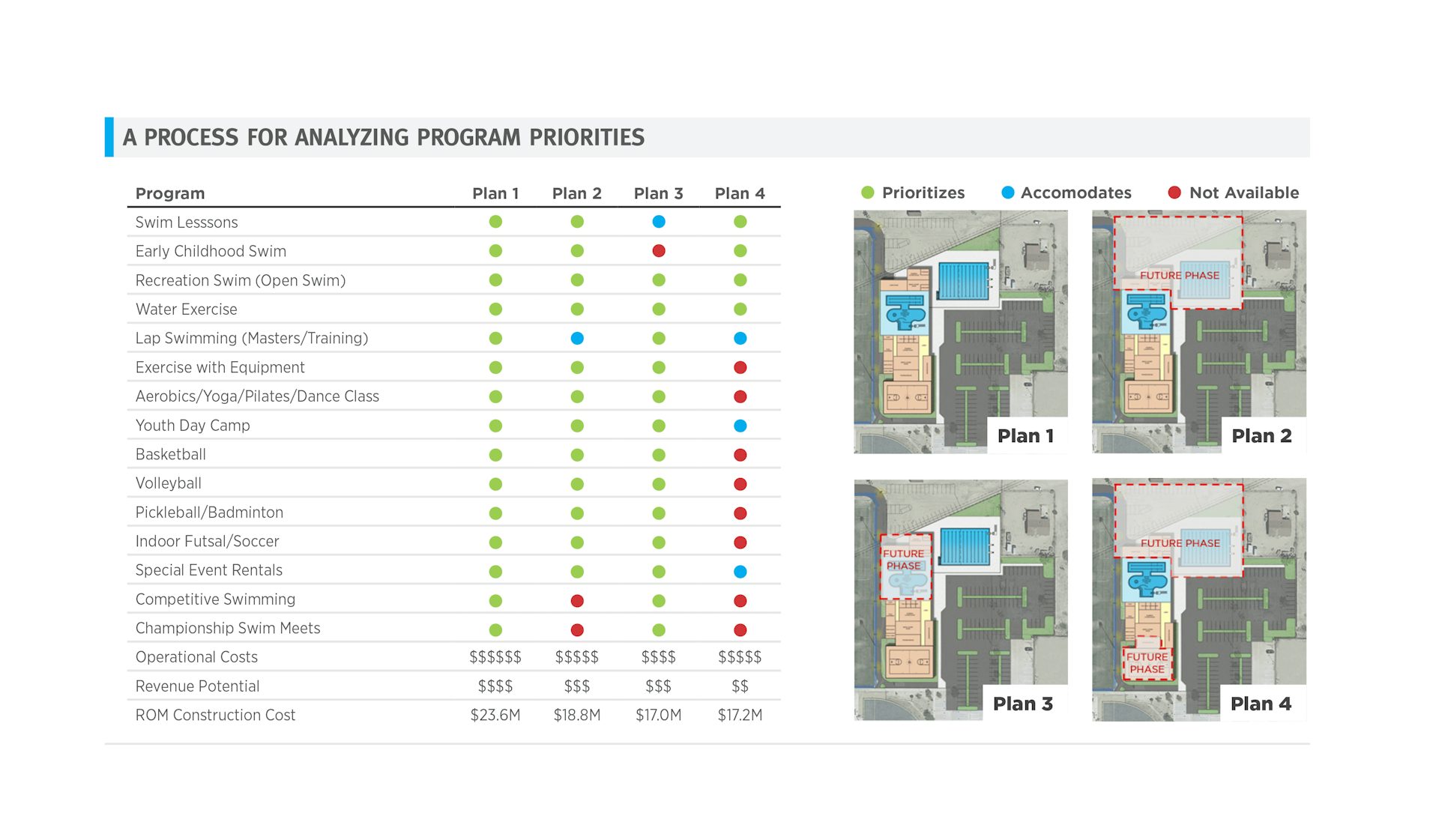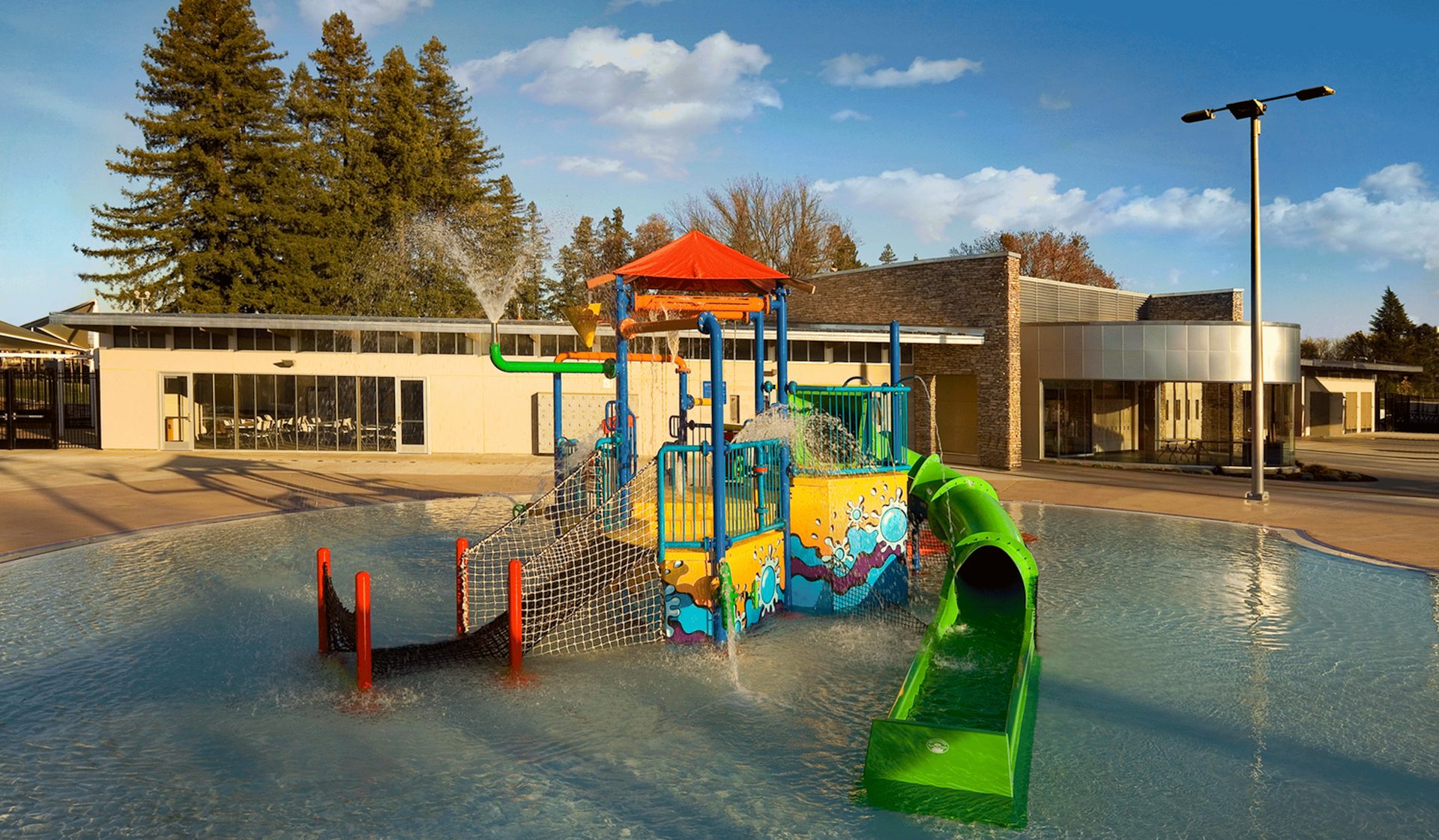Aquatic centers are facing increasing pressure to accommodate diverse programming, everything from baby aerobics to water yoga. Everyone wants a part of the pool. Too often, debates over the designs can turn nasty, with emotions running high.
For community center leaders, it often seems impossible to keep everyone happy. Tight budgets and a diverse range of popular activities make it harder to create facilities that are cost effective and meet the real needs of the community.
At LPA, we’ve been through these discussions many times. Tough choices need to be made. But a well-planned design can satisfy the community with facilities that make economic sense and provide flexibility to accommodate shifting interests.
Over the years, we’ve found three elements are key to making the process effective, to develop plans that work for the entire community. Building more pools is not always the best answer.
Crowded Waters
A better design process can ease programming tensions and develop more efficient aquatic facilities that meet the needs of the community.

Focus on Community Input
Community workshops are vital, and not simply because they give a voice to the residents. These workshops will help you understand what your constituents really want from an aquatic center, not their simple knee-jerk reactions. It’s essential to separate the data from the emotion and develop clear ideas about the constituents’ core interests.
Expect to hear from two distinct groups: the competitive athletics contingent and the recreational contingent. We saw this dichotomy when we sought community input about a planned aquatic center commissioned by Cordova Recreation and Park District in Rancho Cordova, California, a city of 110,000 near Sacramento. Dozens of kids who are on aquatic teams showed up with their parents and made quite an impact. We also heard from constituents who advocated for recreational uses such as classes for babies and seniors.
These workshops will help you understand what your constituents really want from an aquatic center, not their simple knee-jerk reactions. It’s essential to separate the data from the emotion and develop clear ideas about the constituents’ core interests.
At Rancho Cordova, the existing 1960s-era aquatic center had three pools, which sounds great, but they failed to meet modern needs for uses such as synchronized swimming, swim meets and even swim lessons, due to their depths and shapes. They had a lot of water, but they couldn’t use it to do what they needed to do. For this project, we needed to answer a few important questions: Should the city renovate the existing complex? Or build a new one? And if a new aquatic center is built, what is the best design considering the community’s diverse needs, its resources and the space available?
As part of the process, we managed the community outreach and workshops and produced full market and operational studies. The market study helped us validate the needs expressed by the community. The study addressed important questions about the community: what was the effective service area? Where did people come from? How far did they travel? What other facilities existed in that service area and what did they charge to use them?

The operational study helped the design team and park district leadership understand what it would take to operate the new facility and how design solutions impacted those costs. The research was essential to determine the potential impacts on the long-term community use and cost recovery targets as we considered different options, including different sizes and types of pools, and the basics, such as the need for play equipment.
Based on the data, the community decided to start anew, since rehabbing the existing facility turned out to be costly and upgrading the existing pools wouldn’t meet their programmatic goals. Instead, based on the feedback, we helped guide the city toward a decision to build a two-pool complex that is specifically designed to meet their programmatic needs, including a competition-sized lap pool, giving competitive athletes plenty of space for their events, and a recreation pool with a play structure and two lanes for lap swim.
The recreation pool also has a popular feature known as “zero entry” or “beach entry,” which was a direct result of the community input process. You walk down a slope into the pool just like you’d walk into the ocean from the beach. Families love the feeling of not having to walk down steps. This will make the recreation pool even more attractive, and the addition of the lap lanes will allow lap swimmers to use it when the competition-sized pool is occupied.

Develop options around the budget
As part of our process, we consider cost, revenue and programming options at the same time. It’s important to look at the budget holistically, with an eye toward what programs may generate revenue and long-term interest, in addition to the initial development cost. In many cases, programming ideas that may sound like luxuries are often very cost-effective, when the big picture is considered. Water slides, whirlpools and lazy rivers may sound excessive, but they add a lot of pizzazz to a project and can help maintain interest.
In this process, prioritization is essential. Demand always outpaces the budget. It’s not about everyone getting exactly what they want. The goal is to create the best possible project for the community that meets the needs of the majority of the users, based on the available resources to build the project. This is done by separating wants from needs and helping the community go through a prioritization process that recognizes the short- and long-term goals.
Normally, an aquatic center draws lots of patrons when it opens, but attendance tends to dwindle over time, especially if children don’t feel excited. Pools with kid-friendly features tend to keep families coming back and can make a big difference to cost recovery. And keep in mind that doubling the number of pools will not double the cost of the project. They’ll have many shared costs such as the support facilities and buildings.

Of course, a two-pool complex isn’t always feasible in limited budgets. Then the challenge is to strike a balance between the community’s various needs in one pool, as we’re doing for an aquatic center project on a tribal reservation in Northern California. In light of the priorities of the community and the wellness concept of the facility, integrating both medical/clinical facilities with recreation facilities, our idea is to build a single hybrid pool that will meet the needs of both recreational and athletic swimmers. The facility is envisioned as a true Wellness Center, combining a full health care facility with what you would find in a collegiate recreation center. Program elements include clinical exam rooms, physical therapy rooms and x-ray equipment, as well as a recreation pool, therapy pools, fitness rooms, locker rooms and potentially an elevated running track. We hope to achieve an ideal balance by adjusting the size and number of swim lanes to make room for the recreational needs, but not so much that competitive teams will feel hemmed in.
The Southern California desert community of Yucca Valley, another one of our clients, is embracing a similar approach. It wants a covered natatorium to provide protection from heat and wind, but the extra expense will limit spending on other parts of the project. As a result, we are working with them to develop several options, one of which is a hybrid single pool that balances both competitive and recreational swimming, instead of two pools. The envisioned pool would have three distinct areas encompassed into one body of water—one for lap swim; the second area would have equipment, shallow water and passive areas for play; and the third area would be a receiving pool for a slide.

Carefully evaluate operation expenses
There are many costs to consider beyond the obvious expenses like staffing and maintenance. The most effective way to heat a pool is with natural gas, but could you install solar panels or use electricity to reduce the cost? While solar panels could offset electricity cost, solar thermal is an even more effective method that has better cost recovery. This is where small sheets of water are heated by the sun to offset the use of heaters to increase water temperature.
It is also important to consider different revenue streams. We always ask our clients about what they hope to make via cost recovery, and we calculate the numbers with a crucial question in mind: Can they afford to run the kind of facility that they want? As always, it’s important to explore various scenarios, keeping in mind that special features like water slides can cost more up front, but bring in significant revenue over time, which can help offset operational costs.

It’s usually best to come up with a few alternatives, typically variations on the same theme. By the time the operations study is completed, you’ll be able to see the big picture.
You’ll know what program to build, what it will cost to build and what it will cost to operate. Then you’ll be able to go to your board or City Council with all the vital pieces to help them make an educated decision: This is what the community is asking for, this is how close we can get, and this is how much the aquatic center will cost to build and maintain. Ideally, you’ll provide more than a single option, but make it clear that one is preferred.
This planning process requires hard work. But remember that there’s a huge and growing demand for aquatic centers for a reason: They’re the focal point of communities, and they support health and wellness like no other public facility.
Article originally published in Parks & Rec Business magazine.















